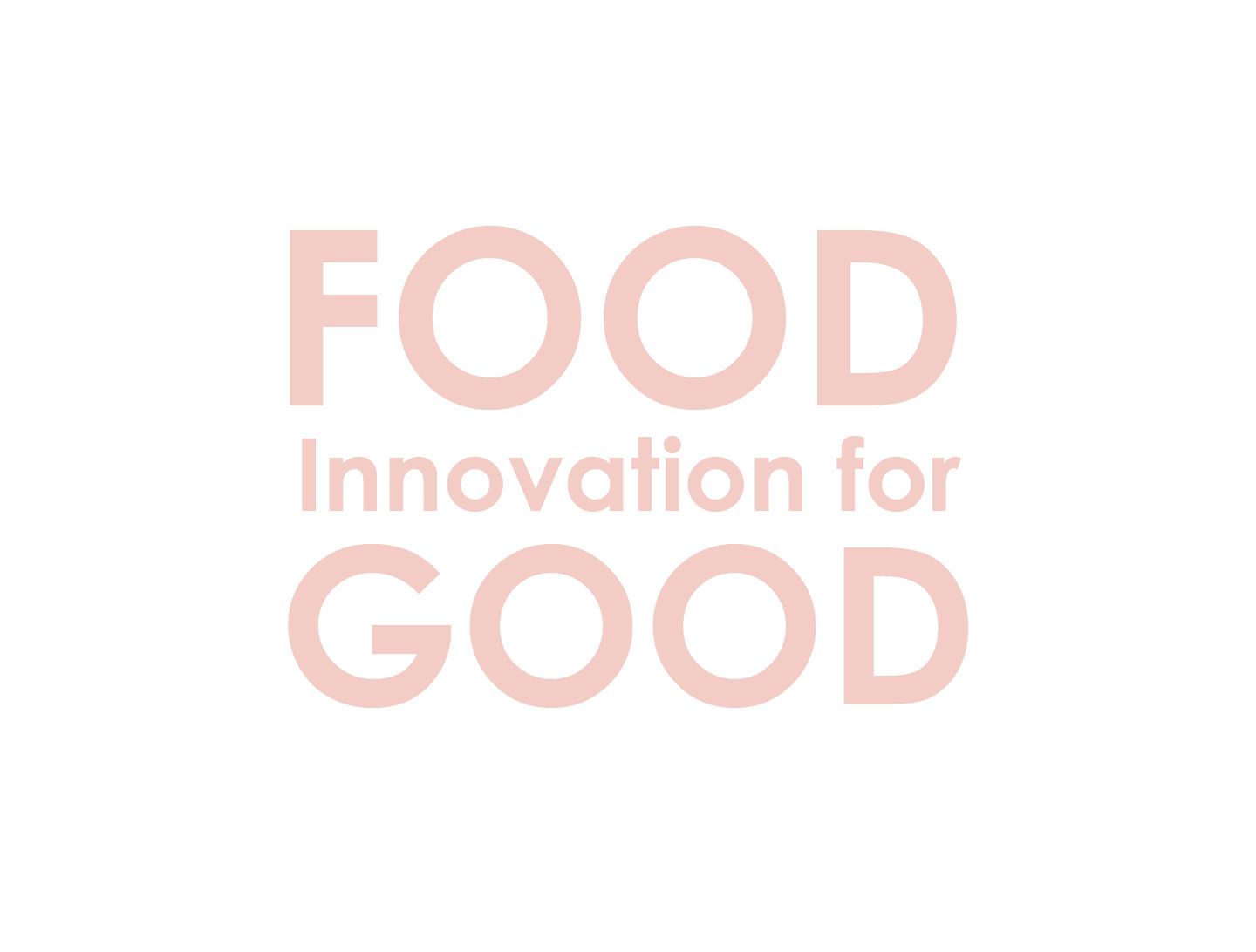Prepare for shelves drenched in bold colors, crazy fonts and vibrant visuals
12 Jun 2025
The next trend in food packaging is hard to ignore. The once-dominant minimalist aesthetic is given way to an explosion of color, energy and joy. Enter dopamine design: a bold, unapologetically fun approach to food packaging that delivers an instant hit of happiness.

Brands like Paro Asian foods, Fly By Jing chili oil, Omsom noodles and Graza olive oil are at the forefront of this revolution. Their packaging catches the eye and distances them from competitors. With vibrant colors, eye-catching patterns and playful typography, these designs capture eyeballs. They’ve opted for dopamine design. The packaging appeals and engages consumers within seconds, mimicking the tricks of snackable TikTok and Instagram content that is meant to engage viewers within the first shot of a video. Creative strategist Joe Burns calls for advertisers and marketers to pay attention to this “seismic shift”, as this is not merely a trend, but a response to an evolving consumer culture.

Dopamine design ends the minimalist era
Much like the rise of dopamine decor in interior design – which embraces maximalism over minimalism – dopamine design is a shift away from the clean food branding that was popular in the past years, with pastel or earthy hues, handwritten fonts and an overall aesthetic that signalled sustainability, simplicity and craftsmanship. A style Joe Burns characterizes as ‘Chobanicore’, after the yoghurt brand that stands synonymous with this minimalistic and artisanal look. After those designs that are geared towards storytelling, dopamine design is all about unapologetic fun.
Dieline even analyses that the new packaging trend reflects a cultural craving for positivity and connection. In the wake of challenging global events, consumers are now prioritizing happiness in their daily lives. Colorful branding combats stress and monotony and using a cheerful bottle of olive oil or a pack of pasta injects a tiny bit of joy into routines.

Brands battling for attention
Wondering where the term ‘dopamine design’ comes from? That is because pasta boxes, soda cans or bars of chocolate in this style deliver a dopamine hit before you even take a bite. Dopamine is the neurotransmitter associated with pleasure and reward. And in our current world full of distractions, brands are now battling not just for attention, but for our brain’s dopamine receptors. That means packaging needs to create an emotional response instantly, delivering a sense of joy, nostalgia or excitement at consumers’ first glance. It’s the ultimate design style for our age of social media, where a term such as ‘brain rot’ – mental decline caused by excessive content consumption – becomes the Oxford word of the year.

Vibrant dopamine design food packaging is made for the online brain, but is also made to be displayed online. The products grab attention in the supermarket aisle, but are equally effective as a prop for a well-curated kitchen countertop photo or video for social media. These products are meant to be seen.
Dopamine design in bakery and chocolate packaging
The shift toward dopamine design is also making waves in bakery and chocolate packaging. Traditionally, high-end chocolates relied on restrained, elegant packaging—think muted tones, embossed lettering, and a refined, minimalist aesthetic that signaled craftsmanship and exclusivity. But now, brands are embracing bold, high-energy visuals that evoke instant excitement among shoppers. Take Confiserie Walter in Berlin, for example. Their rebranding swaps out classic metallic tones and understated luxury for a striking, in-your-face square box with neon yellow stripes and oversized typography.
Similarly, Croots Snacking Croutons embody dopamine design with a mix of high-contrast colors, wavy lettering, and layered graphic elements that make the product look as dynamic as it tastes. This playful approach turns an everyday snack into something irresistible at first glance.
It’s clear that dopamine design is reshaping even the most traditional food categories, proving that maximalism isn’t just for energy drinks or natural wines. Do you dare to try it yourself to catch the attention of your customers?

Want more insights on bold food design trends?
Discover how Pantone’s Color of the Year is making waves in pastry and beyond, with examples from 2024's Peach Fuzz to an analysis of the potential of 2025's Mocha Mousse.
